Several rockets fired at Baghdad's Green Zone, two people injured
At least three rockets have been fired towards the fortified Green Zone in the Iraqi capital Baghdad, with two of them landing in the US embassy.
A senior security official told AFP that three rockets were fired towards the Green Zone, which houses government buildings and foreign missions, including the US embassy on Thursday.
“Two of those fell on the grounds of the American embassy and the other on a school nearby," the official, who asked not to be named, said, adding that the missile that fell on the school left a woman and a girl injured.
There were no immediate reports of casualties at the US embassy and no group has claimed responsibility for the attack yet.
Reuters earlier cited two Iraqi military officials, who also spoke on condition of anonymity, as saying that at least two Katyusha rockets were fired at the US embassy, adding that they were shot down before reaching the compound.
The attack was the latest in a series of attack targeting US interests in the Arab country.
Last month, at least two Katyusha rockets landed in Baghdad’s highly fortified Green Zone.
On July 8, at least three Katyusha rockets landed within the Green Zone, two days after several drones targeted the US embassy in Baghdad, with the weapon systems set up to fortify the facility firing at least four times to try to down the aircraft.
Back then, a faction of Iraqi Hashd al-Sha’abi forces rejected the involvement of the anti-terror resistance fighters in the July 8 rocket attack against Baghdad’s Green Zone.
“The US embassy has so far not had a place in the equation of reactions from the Iraqi Resistance Coordination Committee. Should we decide to attack the facility, it will be struck with precision-guided munitions, not Katyusha rockets, to prevent collateral damage,” Qais Khazali, who leads the Asa’ib Ahl al-Haq resistance group, wrote in a tweet.
He added that Katyusha rockets are notorious for missing their targets and hitting urban areas, and Iraqi resistance groups will not utilize them if the US embassy in Baghdad comes into such an equation.
Over the past months, convoys carrying logistical equipment belonging to the US military as well as US military camps in Iraq have also come under several attacks.
The attacks come as anti-American sentiments have been growing in Iraq since the assassination of Lieutenant General Qassem Soleimani, the commander of the Quds Force of Iran’s Islamic Revolution Guards Corps (IRGC), and his Iraqi trenchmate Abu Mahdi al-Muhandis, the second-in-command of Iraq’s Popular Mobilization Units (PMU), and their companions in a US drone strike authorized by former US President Donald Trump near Baghdad International Airport on January 3, 2020.
Two days after the attack, Iraqi lawmakers approved a bill that requires the government to end the presence of all foreign military forces led by the US in the country.
Since the assassination, Iraqi resistance forces have ramped up pressure on the US military to leave their country, targeting American bases and forces on numerous occasions, at one point pushing the Americans to ask them to “just leave us alone.”
Last year, Baghdad and Washington reached an agreement on ending the presence of all US combat troops in Iraq by the end of the year.
The US military declared the end of its combat mission in Iraq in December 2021, but resistance forces remain bent on expelling all American forces, including those who have stayed in the country on the pretext of training Iraqi forces or playing an advisory role.

Iraq warns Syria over security threats posed by Daesh remnants
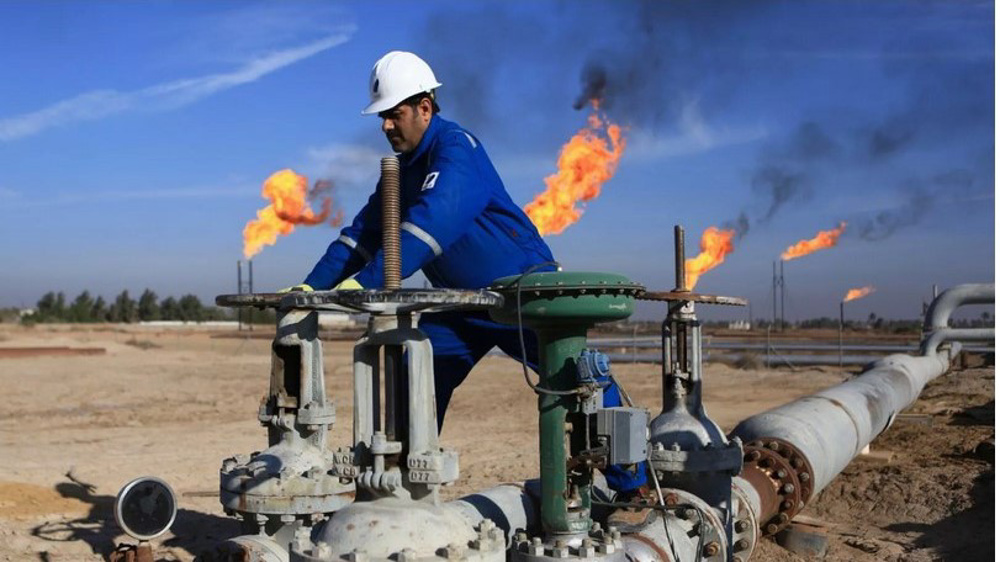
Iraq denies it is resuming oil exports from Kurdistan under US pressure
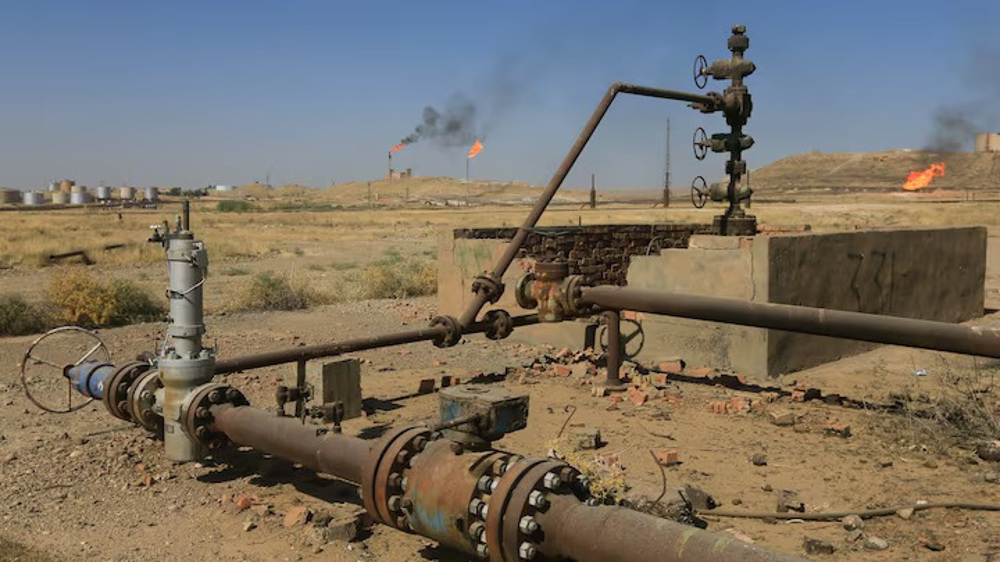
US pressurizes Iraq to resume Kurdish oil export or face sanctions: Report
VIDEO | Lebanese resistance remains alive
Iran’s daily sweet gas production peaks at 870 mcm: NIGC
Nasrallah shattered myth of Israeli military’s invincibility: Top Yemeni official
Iran says it has attracted $8.2bn of foreign investment since Aug
‘Misguided policies’: Araghchi says unjust sanctions inflict suffering on innocent Iranians
Iran summons Polish envoy over 'baseless, biased' drone claims
Election winner conservative Merz invites Netanyahu to Germany despite ICC warrant
7,000+ killed in eastern DR Congo since January: PM



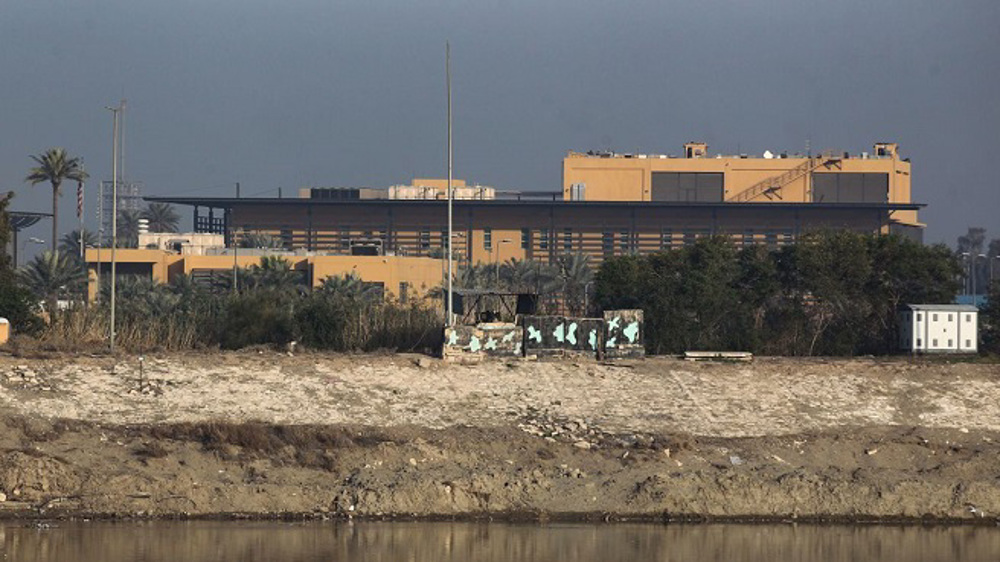
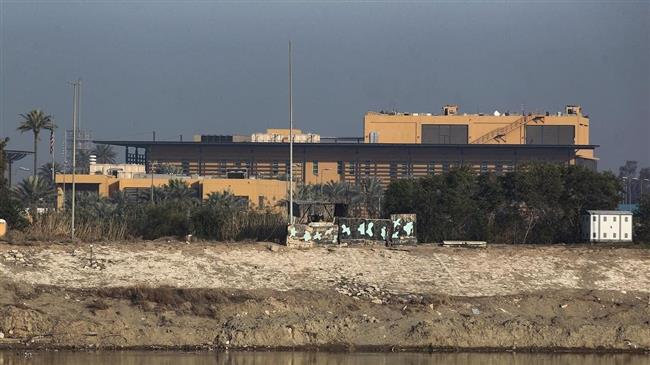




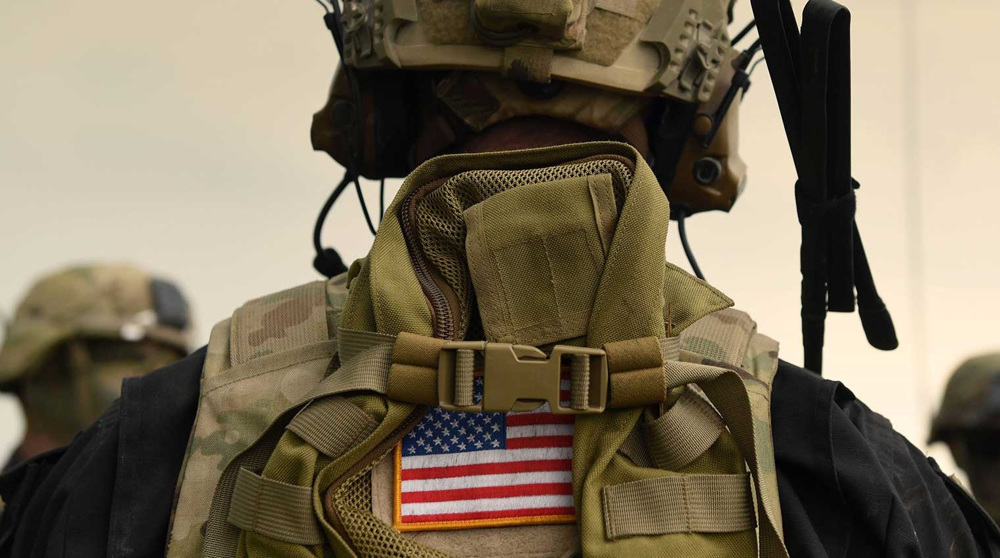
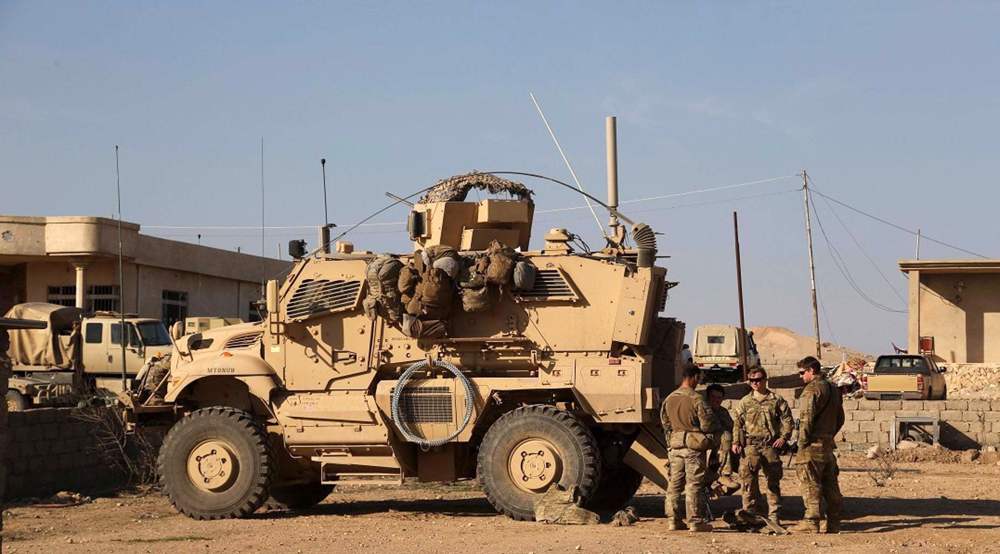

 This makes it easy to access the Press TV website
This makes it easy to access the Press TV website